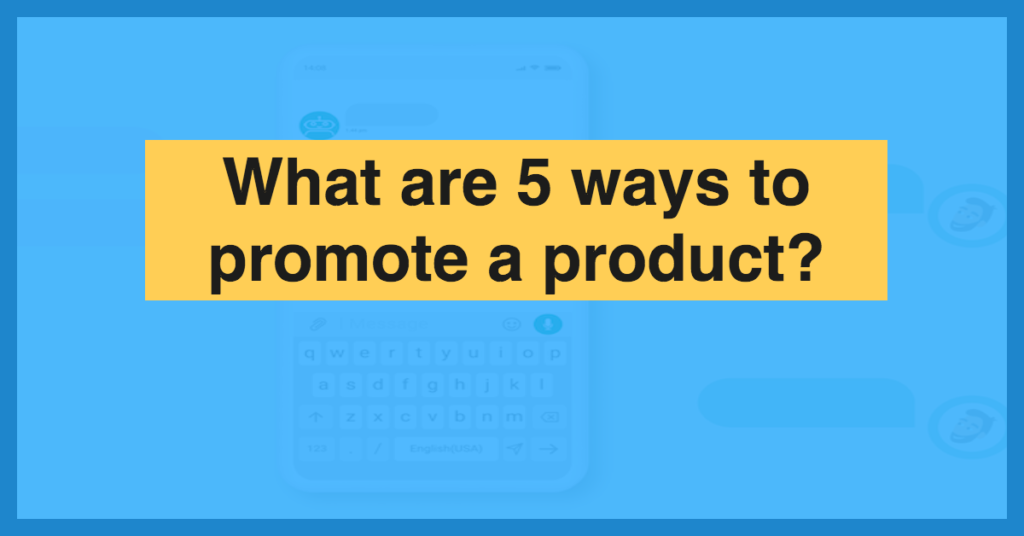In the dynamic digital marketing realm, lead generation emerges as the crucial conduit bridging businesses to potential customers within the vast online landscape. This strategic pursuit is far from monolithic; it unfolds as a multifaceted tapestry interweaving diverse approaches. Its purpose? To captivate attention, secure contact details, and ultimately transmute curious onlookers into steadfast patrons. A nuanced dance of digital marketing unfolds, encompassing content creation, search engine optimization, social media entanglements, email orchestrations, paid advertising ballets, and interactive event symphonies. Each component wields a unique brush, contributing strokes to a vibrant canvas that tells the story of customer engagement, from initial discovery to the coveted realm of conversion.
This exploration of digital marketing’s lead generation labyrinth unravels the intricacies of each pivotal component. From crafting narratives that resonate profoundly with audiences to the deft navigation of SEO intricacies, the mastery of social media dynamics, and the orchestration of targeted email serenades, businesses endeavor to create an immersive and captivating narrative for their audience.
Content Marketing:
In content marketing, businesses strive to create compelling material that resonates with their target audience. It includes thought leadership articles, how-to guides, or engaging videos that provide value to the audience and are not limited to showcasing business expertise. Businesses attract potential customers and position themselves as valuable resources within their industry by consistently producing quality content. Content marketing also involves understanding the buyer’s journey, tailoring content to different stages, and utilizing various channels to maximize reach, from blog posts and infographics to podcasts and webinars.

Search Engine Optimization (SEO):
By understanding how users search for information, businesses can tailor their content to meet those needs. Additionally, building high-quality backlinks and optimizing technical aspects like site speed contribute to improved search rankings and better visibility in search engine results pages (SERPs). Continuous monitoring of SEO performance, analyzing user behavior, and adapting strategies based on search trends are integral parts of a successful SEO approach.
Social Media Marketing:
Social media platforms serve as dynamic spaces where businesses can engage with their audience with a personal touch. Beyond sharing content, social media marketing involves conversations, responding to inquiries, and participating in relevant discussions. By maintaining an active and authentic presence, businesses can build relationships with their audience, strengthen brand loyalty, and even leverage user-generated content for additional reach. Social media analytics are crucial for refining strategies, identifying trending topics, and understanding audience preferences for more targeted and effective communication.
Email Marketing:
Email marketing campaigns are crafted with precision, delivering tailored messages to segmented audiences. These campaigns go beyond generic promotions, often incorporating personalized recommendations based on customer behavior. Automated drip campaigns, newsletters, and exclusive offers contribute to building a rapport with subscribers, keeping the brand at the forefront of their minds. A/B testing different elements of email campaigns, analyzing open and click-through rates, and leveraging data insights. It enables businesses to optimize their email marketing strategy for maximum impact continuously.
Paid Advertising:
Paid advertising allows businesses to target specific demographics with precision. Businesses can create visually appealing and compelling ad creatives through platforms like Google Ads and social media advertising. Constant monitoring and optimization of ad performance ensure the effective use of marketing budgets with the desired return on investment. Sophisticated targeting options, such as demographic targeting, retargeting, and lookalike audiences, enable businesses to refine their approach and ensure ads reach the most relevant and receptive audience.

Landing Pages:
Landing pages act as virtual storefronts, designed to guide visitors toward a specific action. Whether it’s downloading a resource, signing up for a trial, or making a purchase, these pages are optimized for conversions. A clear and compelling value proposition, coupled with an intuitive layout, ensures that visitors are more likely to take the desired action. Regular A/B testing of landing page elements, analyzing user behavior through heatmaps, and implementing feedback loops from user testing contribute to ongoing improvements in conversion rates.
Lead Magnets:
Lead magnets serve as incentives to entice visitors into sharing their contact information. These can take the form of exclusive guides, downloadable resources, or limited-time offers. Crafting compelling and relevant lead magnets not only encourages sign-ups but also sets the stage for continued engagement and relationship-building. Analyzing data on lead magnet performance, such as conversion rates and subsequent customer behavior, enables businesses to refine their offerings and continually optimize their lead generation strategy.
Webinars and Events: Hosting webinars and online events provides a unique opportunity for businesses to showcase their expertise in a live, interactive format. Beyond product demonstrations, these events can include Q&A sessions and networking opportunities, fostering a sense of community. The engagement and real-time interaction during webinars contribute to building trust and credibility. Post-event surveys and feedback analysis help businesses understand attendee preferences, allowing for refinement and improvement in subsequent events, and ensuring an ongoing positive impact on lead-generation efforts.
Each component of digital marketing lead generation involves nuanced strategies, emphasizing the importance of personalized, valuable, and engaging approaches. Businesses that excel in these areas not only attract leads but also nurture meaningful connections, ultimately driving sustained growth in the digital landscape. Constant analysis, adaptation, and optimization are key to staying ahead in the ever-evolving digital marketing landscape.




Leave a reply